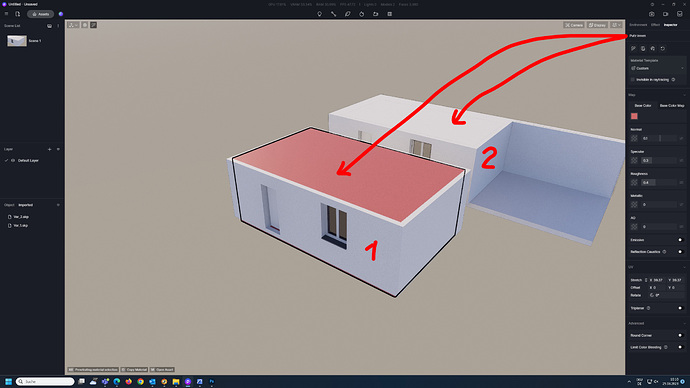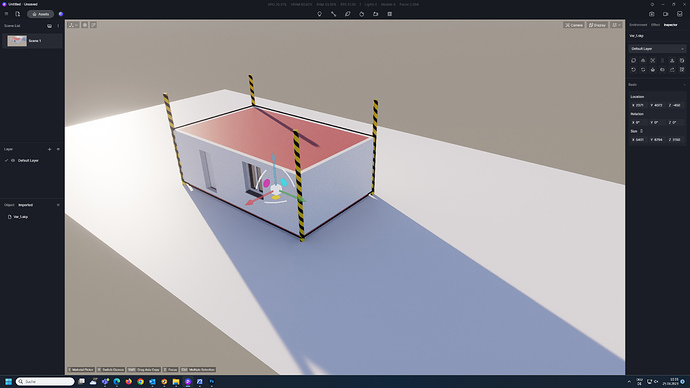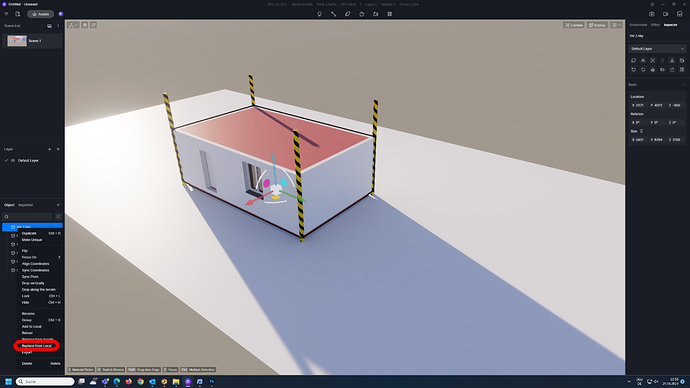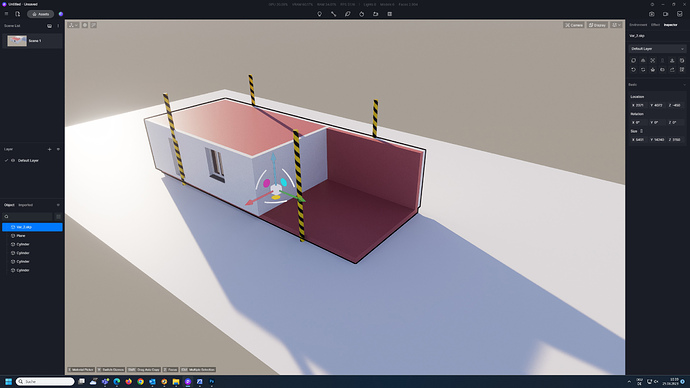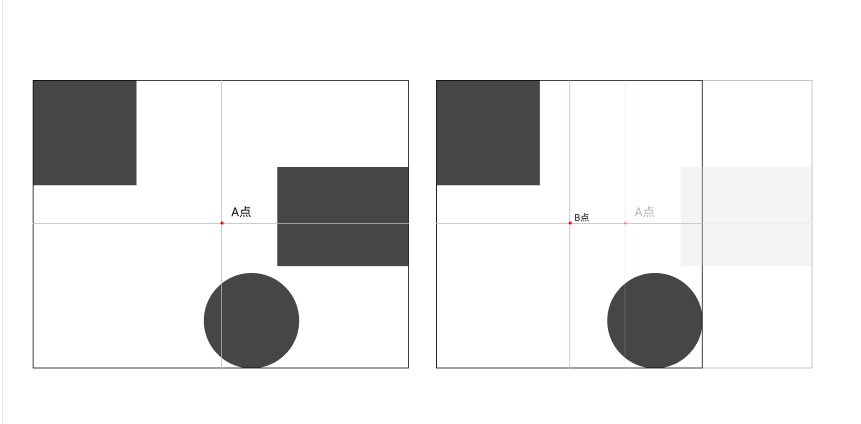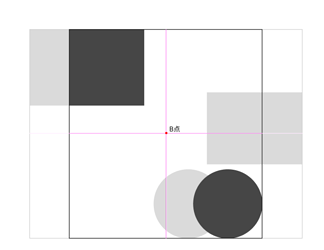OMG, that’s a completely math’s nightmare.
I expected that the co-ordinate system of the 0,0,0 location would determine the location of the D5 model as well. And it shouldn’t shift in relevance to the removing or adding of more or less objects inside the model and the IMPORTED MODEL FROM SOFTWARE (sketchup, archicad, blender, MAX) 0,0,0 would determine exactly where its placed within D5. The SUmodel (0,0,0) can be placed within D5 at X120,Y80,Z45 but the (SUMODEL’s 0,0,0) during import should not change itself if objects are deleted or added within the SUMODEL.
D5 shouldn’t just change the location of the 0,0,0 of the imported model-I from pointA -(to) B if the rectangle is removed. It is critical that we maintain the 0,0,0 for model-I.
For-example, if I remove the rectangle copy it with the same 0,0,0 of LocationA and make a separate file say “MODEL-II” pasteinplace the rectangle from MODEL-I and put it in MODEL-II. So it would make it so much easier for us to import “MODEL-II” and merge MODEL-I & MODEL-II with relevant center of both co-ordinates to be as 0,0,0 but they are 2 separate files people are working on. Irrelavant to where its been placed in D5 co-ordinate system.
But according to your explanation D5 automatically changes the relevant co-ordinates as per A to B if the block is removed or the sketchup file has been changed in anyway. Thats just so much of a problem to then merge new files.
All other software’s use the above methods (Lumion,enscape,vray). including importing in between themselves FBX to SU/blender-DAE-SU, the 0,0,0 of each model is sacrosanct and shouldn’t be changed else it would be a nightmare to exactly align both XY&Z co-ordinates. we will have to manually do the match subtracting the width of the block + overlap of the block of the circle and determine the center and then calculate the new position then understand how to use that new position for any other new model.
If this was anything close to understandable lol.
